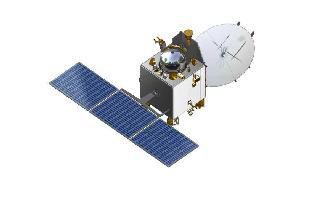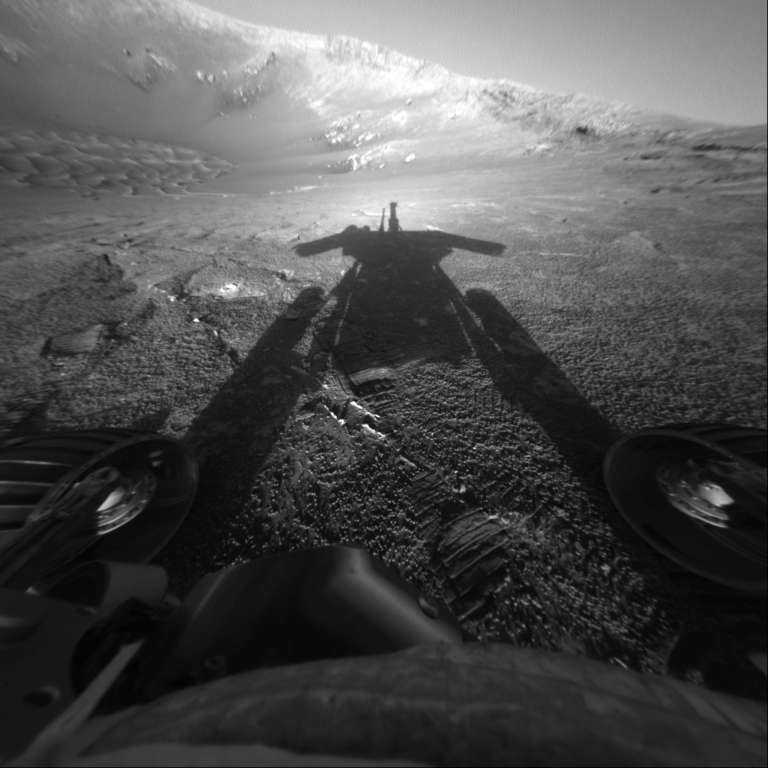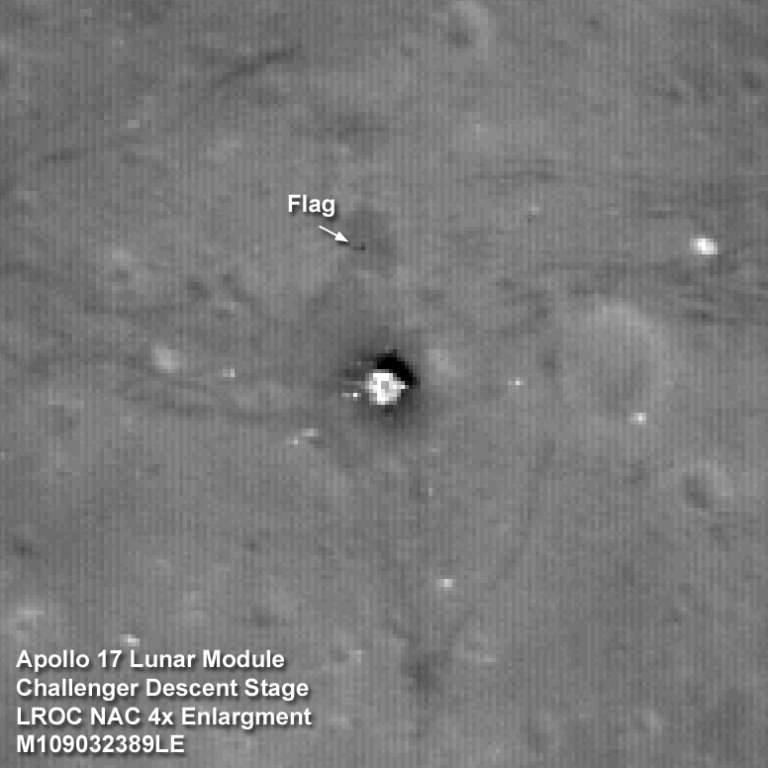All
All
Stories, updates, insights, and original analysis from The Planetary Society.
Can you find a new planet?
A change in the Kepler data delivery process provides both scientists and the public to get involved in planet discovery.
Looking ahead to spacecraft activities in 2013
2013 is going to be a busy year in space exploration. Two missions launch to the Moon (LADEE and Chang'E 3), and another two to Mars (MAVEN and India's mission). Curiosity should drive to the Mountain, and Opportunity to the next site on Endeavour's rim. Cassini will be seeing rings and Titan. Others should continue routine operations, except maybe MESSENGER, whose fate after March is not yet decided.
Updates on ISRO's Mars Orbiter Mission: five instruments to be delivered in March
Several news articles appeared in Indian media today about the upcoming launch of ISRO's Mars Orbiter Mission. Five instruments have been selected, and their delivery is expected in March.
Planetary Society Weekly Hangout, Thu Jan 3 1200PT/2000UT: Jim Bell
Join Emily Lakdawalla and Casey Dreier for a chat with Jim Bell, a scientist who wears many hats. He's the team lead for the Pancam color cameras on the Spirit and Opportunity rovers; he's a member of the Curiosity science team; and he's the esteemed President of the Planetary Society's Board of Directors. We'll talk about the great science being done by both Curiosity and Opportunity, and about what's in store for the future.
Who is the photographer behind Mars rover photos? Answer from Jim Bell
Another Mars imaging scientist answers the question: who is the
Dawn Journal: Faraway Viewing Through the Mind's Eye
As Dawn treks onward to Ceres, its path will cross within a few degrees of the moon as seen from Earth on Jan. 21–22.
Tiptoeing Towards the Edge
NASA's Planetary Science Division looks to lose about $100 million in addition to the deep cuts already proposed for 2013.
Pretty picture: Jupiter photo from an unusual source
A recently launched Earth-observing satellite is using the stars to practice its pointing, and caught a neat animation of Jupiter.
SpaceX's Grasshopper makes leap toward reusability
SpaceX's Grasshopper rocket passed its most ambitious test flight yet, rising 12 stories before hovering and settling gently back down onto its landing pad.
New crew arrives at station for holidays
The ISS is back to a six-person crew following the arrival of NASA astronaut Tom Marshburn, Canadian Space Agency astronaut Chris Hadfield and Russian Federal Space Agency cosmonaut Roman Romanenko.
Who is the photographer behind Mars rover photos? Answer from Mark Lemmon
A Mars imaging scientist answers the question: who is the
Planetary Radio Live Celebrates Curiosity/Truly Haute Cuisine!
Listen to or watch the webcast recorded Saturday, December 15th with MSL Project Manager Richard Cook and Project Scientist John Grotzinger. Bonus: enjoy a neat little French animation.
Mars Express VMC resumes raw data posting
ESA brought Mars Express' VMC back online in May, but hasn't been posting the images. This week, they launched a new process to release VMC images automatically to a Flickr page.
Planetary Society Weekly Hangout, Thu Dec 20 1200PT/2000UT: Making Titan in the laboratory with Sarah Hörst
Join us for our weekly Google+ Hangout Thursday at noon PT / 2000 UT. This week, I'm excited to have as a guest Sarah Hörst. Sarah is a postdoc at the University of Colorado whose current line of research involves experimental work on the complex atmospheric chemistry of Titan. She is also applying to be an astronaut!
Chilly liftoff sends veteran crew into orbit
Three veteran space travelers are safely in orbit following a 6:12 p.m. (7:12 a.m. EST, 1212 UTC) liftoff from Baikonur, Kazhakstan Wednesday.
My ever-popular asteroids-and-comets montage, now in color, with bonus Toutatis
My collage of all the asteroids and comets visited by spacecraft is probably the single most popular image I have ever posted on this blog. I've now updated it to be in color and to include Toutatis.
Where We Stand: The year in advocacy and what's ahead for 2013
We've had a very busy year defending funding for NASA's Planetary Science division.
Watch Planetary Radio LIVE on Saturday!
Watch the live show at 2pm Pacific on Saturday, December 15 to see Bill Nye, Emily Lakdawalla and the leaders of the Mars Science Laboratory rover mission.
Chang'E 2 imaging of Toutatis succeeded beyond my expectations!
The Chang'E 2 mission flyby of Toutatis succeeded in acquiring images. Oh my goodness, did they succeed. These, in combination with the incredible radar images still being acquired from Goldstone and innumerable optical observations, make Toutatis one of the best-studied asteroids in the solar system.
Forty years after Apollo 17's final footsteps
Today marks the 40th anniversary of the last human footsteps on the Moon. In my latest video I look back at Apollo 17 and explain why I believe the Moon is the solar system's


 Explore Worlds
Explore Worlds Find Life
Find Life Defend Earth
Defend Earth


 Sun
Sun Mercury
Mercury Venus
Venus Earth
Earth Mars
Mars Jupiter
Jupiter Saturn
Saturn Uranus
Uranus Neptune
Neptune Small Bodies
Small Bodies










![Asteroids and comets visited by spacecraft as of December 2012, in color, excepting Vesta [DEPRECATED]](https://planetary.s3.amazonaws.com/web/assets/pictures/_1200x1200_crop_center-center_82_line/130437/20121218_asteroids_comets_sc_0-000-100_2012_color_brightened.jpg)

